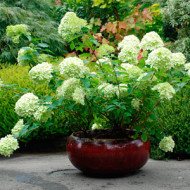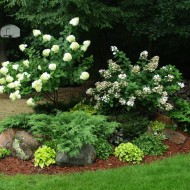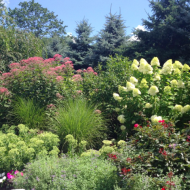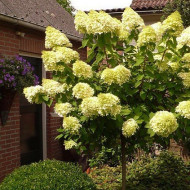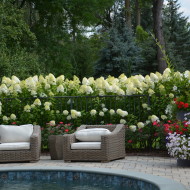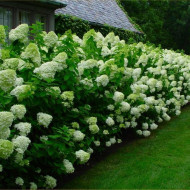Spectacular hydrangea Limelight in the country: the subtleties of planting and care
Content
Limelight hydrangea history
Hydrangea paniculata (Hydrangea paniculata) was introduced to Europe from Japan about two centuries ago. Almost immediately, breeders began to work on the culture, developing new varieties. So, at the end of the 20th century, a Dutch company opened the Limelight variety.

The name was given to the shrub for its lime color. Later, the hybrid received several prestigious awards and was recognized by the Royal Horticultural Society (UK).
Description and characteristics of culture
It is not for nothing that this highly decorative garden plant has received worldwide recognition. Only one botanical description suggests that Limelight hydrangea has won international awards for a reason.
The appearance of the bush
Deciduous culture is a tall (up to 2.5 m), fast-growing shrub. The average annual growth of Limelight hydrangea is 20-25 cm. Erect, strong shoots form a spreading crown, which requires shaping pruning and additional supports during flowering. Stems are densely leafy, covered with dark bark. Leaf plates are ovoid, emerald green, velvety texture. With a decrease in temperature, their color acquires a pinkish-lilac hue.
Flowering features
The flowering period of Limelight is from July to September. In warmer climates, the plant is able to maintain its decorative qualities until the first frost. The inflorescences are large, 20-25 cm in diameter, conical, and consist of many small flowers. Immediately after the opening of the buds, they are dominated by a green color with a lemon tint, which eventually brightens to whiteness, and becomes pinkish in autumn.
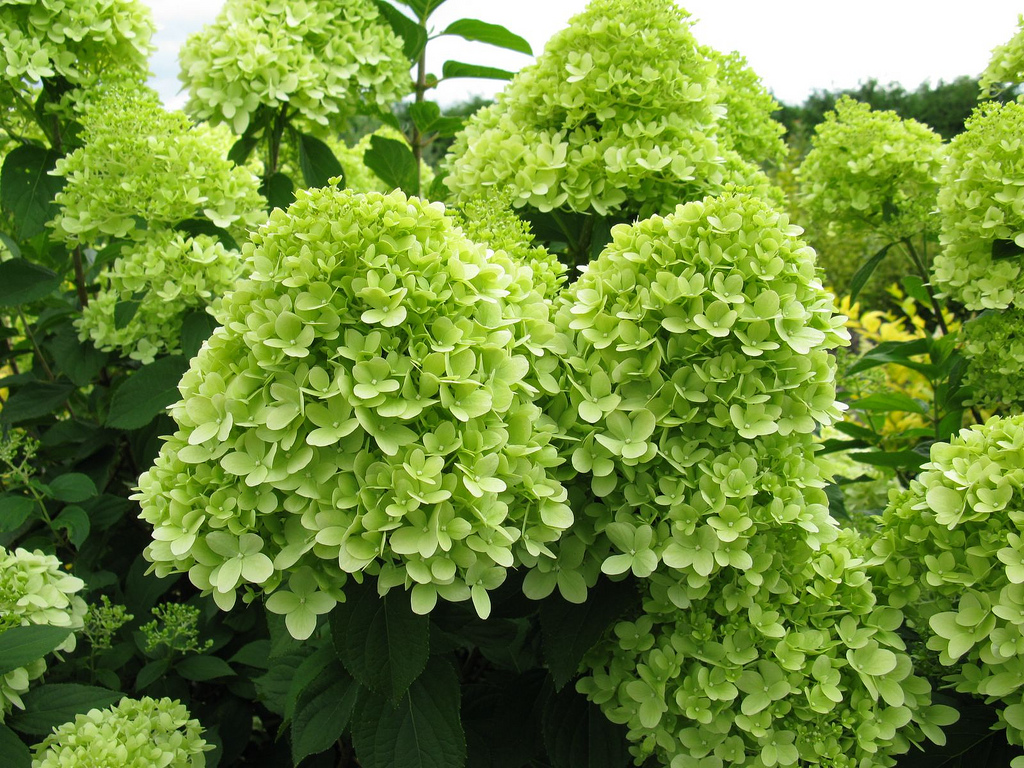
Frost resistance, drought resistance
The variety, bred by Dutch breeders, has good winter hardiness. Hydrangea feels comfortable at temperatures down to -29 ° C, in the absence of strong winds or drafts. Since the plant sheds foliage in late autumn, it requires additional shelter for the winter. But Limelight does not tolerate extreme heat. The shrub should be watered regularly to prevent the root system located close to the surface from drying out.
Disease and pest resistance
The plant has an increased immunity to infections and rarely gets sick with proper care. However, sometimes gardeners face such problems:
- Chlorosis. It is manifested by yellowing of the green part of the hydrangea. Occurs with iron deficiency. In the fight against the disease, regular feeding with iron-containing compounds will help.
- Rot. They are caused by fungal microorganisms that infect the culture, starting from its underground part.To prevent decay of the root system, a solution of "Fitosporin" is poured under the bush, and the greens are sprayed with a Bordeaux mixture.
- Ring spot. A viral disease that does not respond to treatment. A diseased plant is dug up and burned, and the neighboring plants are treated with preparations of the "Viron" type.
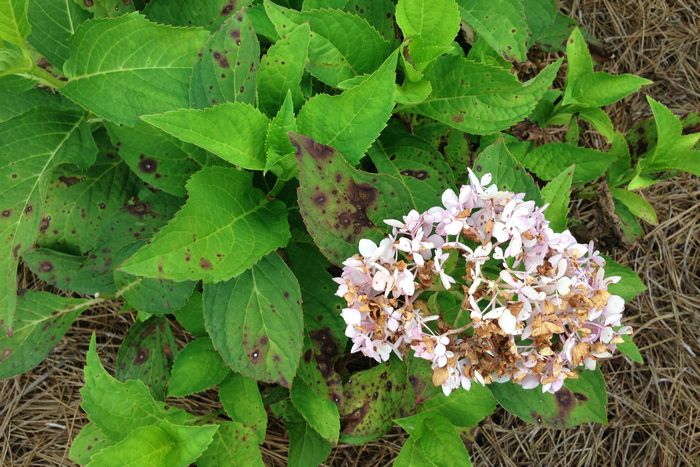
Limelight also often attracts pests. Frequent guests on the bush are spider mites or aphids. You can get rid of them with the help of insecticide treatment (for example, "Actellik").
If the bush is attacked by snails, they fight with them mechanically - simply by removing them with their hands.
Video "Description and characteristics of hydrangea Limelight"
After watching this video, you will know what this variety of panicle hydrangea is.
Pros and cons of the variety
The cultivar from the Netherlands has practically no drawbacks.
- high decorative qualities;
- good annual growth rates;
- profuse, continuous flowering;
- immunity to diseases and pests;
- winter hardiness.
- the need to maintain the required soil pH level;
- the need to constantly monitor soil moisture.
The subtleties of agricultural technology hydrangea Limelight
Although the shrub is not particularly capricious in care, certain agrotechnical rules should be observed when growing it.
Planting a seedling
Planting dates depend on climatic conditions. It is best to plant young growth in the second half of spring, but in the southern regions, some gardeners do it in early autumn. The place is chosen open, well-lit. If you plant a hydrangea in a shaded area, where it will not have enough light, the inflorescences will be crushed, and the color will lose all its brightness. Also, the plant must be protected from cold winds or drafts, otherwise the buds will fall off before they have time to bloom. Limelight loves nutritious, well-drained soil with a constant pH of 4-5.5.
Planting material brought from the nursery must be in containers. A young bush is inspected for damage or disease, and then carefully removed from the container along with an earthen lump so as not to damage the root system. When landing, the following algorithm is observed:
- planting holes 50x35 cm in size are prepared;
- lay out a layer of expanded clay or broken brick;
- partially filled with soil mixture from earth, peat, humus, substrate for coniferous crops;
- place the seedling, leaving the root collar flush with the surface;
- the remnants of the soil mixture are poured and lightly tamped;
- form a near-trunk circle;
- pour a bucket of water under the bush;
- mulch with spruce branches, sawdust or peat.
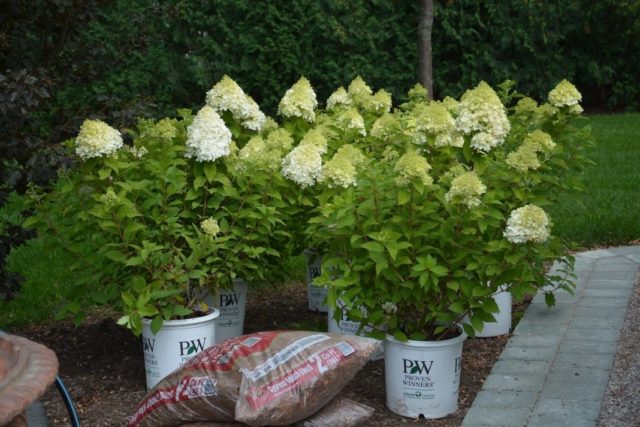
Follow-up care
Since the Limelight hydrangea is a moisture-loving plant, the soil under the bush within a radius of 1-1.5 m is constantly kept moist. The average frequency of watering is once a week in the amount of 20-30 liters of water per bush. Every day after sunset, the shrub is watered over the green part.
Top dressing is carried out several times per season:
- early spring (complex formulations);
- during flowering (nitrogen-containing preparations);
- mid-July (fertilizers with nitrogen content);
- end of August (potassium-phosphorus feeding).
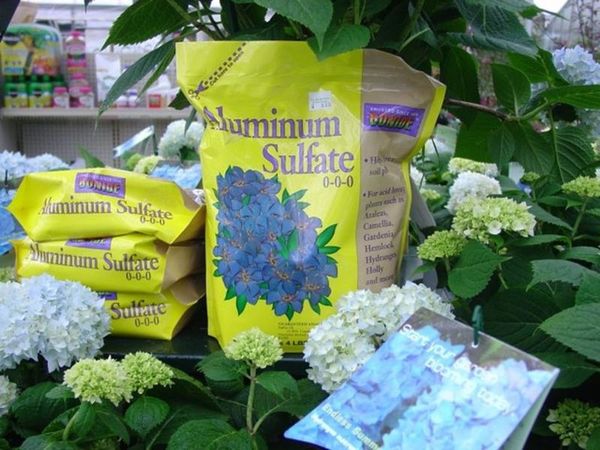
Hydrangea pruning is carried out twice:
- forming, before the juices begin to move - all shoots are shortened, leaving a third of the total length;
- sanitary, in the fall - remove faded buds and damaged branches.
Before wintering, the ground around the bushes is well loosened, moistened, and mulch from peat and humus is laid on top. The plant itself is wrapped in a spandob, throwing snow on it later.
Landscaping use cases
Limelight looks great on garden plots in any variation. Lilies, peonies or irises will be great neighbors for a cultivar. Hydrangea goes well with daffodils, crocuses, tulips, hyacinths. Designers love to use it not only as a solitaire, but also for:
- registration of alleys or entrances;
- the formation of a green fence;
- compiling mixborders;
- accentuation of coniferous crops.
- Growing in a flower pot
- Alpine slide
- Group landing
- Growing on a trunk
- Landscaping of the recreation area
- Hedge
Reviews of hydrangea Limelight
“I have a Limelight in my driveway. I planted it long ago, as soon as the house was completed. Since then, the shrub has never been sick, it constantly bloomed profusely, and it also grew so that it had to be planted separately. "
“I have been“ sick ”with hydrangeas for two decades already. In the yard, whatever varieties grow, but the highlight of the flower garden is Limelight. An incredibly beautiful plant with a delicate original color. "
The Limelight variety was bred for fans of garden aesthetics for a reason. Indeed, a rare gardener does not want to have a highly decorative plant on his site that does not require complex additional care.

